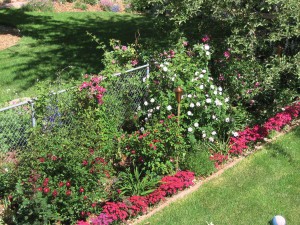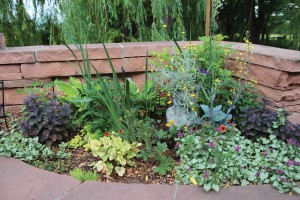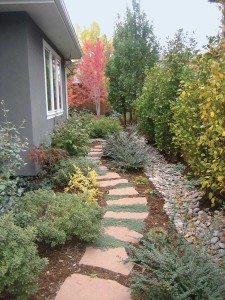Show Your Colors – Using the Color Wheel in Your Garden
06 Apr 2015
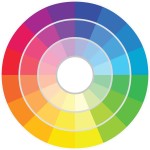 The color wheel is a good tool for helping you pick colors for your garden.
The color wheel is a good tool for helping you pick colors for your garden.
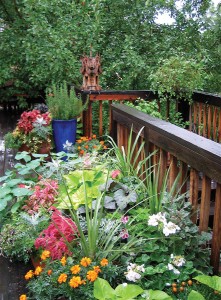
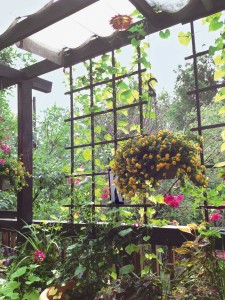
Hot and Cold
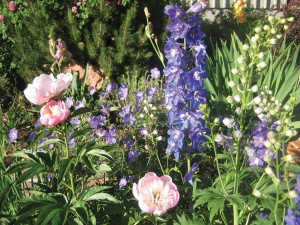
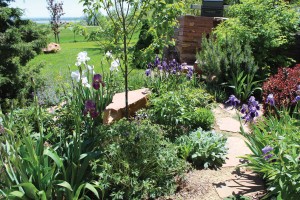
Paint with Pride
